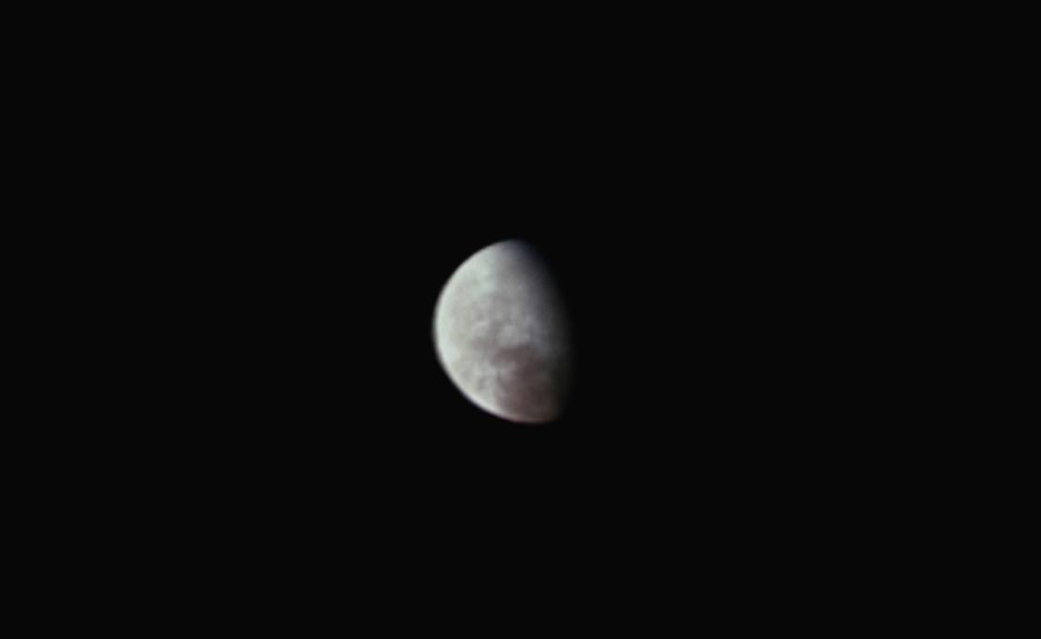NASA’s spacecraft Juno is best known for the gorgeous images of Jupiter it has captured over its decade-long mission so far and the discoveries it has enabled about Jupiter’s bizarre weather phenomena. But it has also been busy studying Jupiter’s moons, including capturing images of Io and Europa and capturing not only the sights but also the sounds of the moon Ganymede. Now Juno will get to see Europa in even more detail as it is set to perform a close flyby of the icy moon this week.
On Thursday, September 29, Juno will pass within 222 miles (358 kilometers) of Europa and should be able to capture some of the highest-ever resolution images of its surface, as well as gather data on its interior and the edge of its atmosphere. Europa is a particularly exciting place to study because it is thought to be one of the best places in the solar system for life to have evolved apart from Earth. It is getting its own mission called Europa Clipper to be launched in 2024.
“Europa is such an intriguing Jovian moon, it is the focus of its own future NASA mission,” said Juno Principal Investigator Scott Bolton of the Southwest Research Institute, in a statement. “We’re happy to provide data that may help the Europa Clipper team with mission planning, as well as provide new scientific insights into this icy world.”
Getting the spacecraft to pass so close to the moon while keeping it safe requires tremendous coordination. The maneuvers required to get close to Europa will change Juno’s orbit around Jupiter from a period of 43 days to 38 days. And the relative speeds are extremely fast, so the team will begin data collection one hour before the spacecraft’s closest approach to the moon.
“The relative velocity between spacecraft and moon will be 14.7 miles per second (23.6 kilometers per second), so we are screaming by pretty fast,” said John Bordi, Juno deputy mission manager at JPL. “All steps have to go like clockwork to successfully acquire our planned data, because soon after the flyby is complete, the spacecraft needs to be reoriented for our upcoming close approach of Jupiter, which happens only 7 ½ hours later.”
As it is so far from the sun, the surface of Europa is very cold and is covered in a thick layer of ice. But researchers believe there is a saltwater ocean beneath this crust, which could potentially support life. They know this because previous research has observed plumes of water being thrown up into the moon’s atmosphere. If we are very, very lucky, there is even a chance that Juno could catch such a plume to observe it in more detail.
“We have the right equipment to do the job, but to capture a plume will require a lot of luck,” said Bolton. “We have to be at the right place at just the right time, but if we are so fortunate, it’s a home run for sure.”
Editors’ Recommendations

